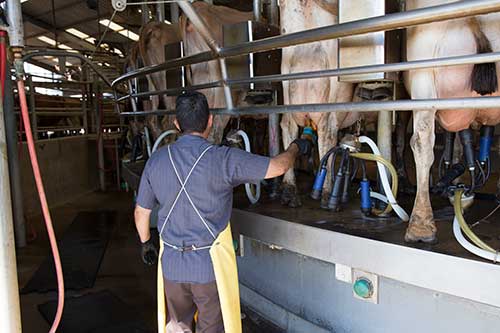
National Animal Health Monitoring System data from 2014 indicated that 90 percent of farms use intramammary antibiotics to treat mastitis. According to Pamela Ruegg, University of Wisconsin-Madison extension milk quality specialist, most mastitic cows also receive a whole body or systemic treatment.
Among those treatments, the most common use of antimicrobials was in cases where bacteria were not present, which Ruegg explained is the most challenging antibiotic use to justify.
?"We're doing a pretty good job on our farms, but the standard just gets higher and higher," Ruegg shared at a recent National Mastitis Council regional meeting in Appleton, Wis. "Society is changing, and we have to get better and better to ensure responsible antibiotic use."
She suggested one component of meeting this standard is utilizing best management practices that meet the needs of the industry. Antibiotic use should be the last part of the treatment protocol.
In order to make these elements work, the right people must be in charge, a cow must be treated when it needs it, and successfulness should be reviewed regularly.
Part of designing the best team to diagnose and treat mastitis in the herd is delegating responsibility.
Ruegg says, "No treatment decision should be made in the parlor. You do not have time there to make a treatment decision."
The ideal treatment team begins with milking technicians who keep an excellent milking routine and collect milk samples. The next set of team members, ideally the owner or herdsperson, is responsible for making the treatment decision based on the cow's history and diagnostic testing. The final member of the team, according to Ruegg, is the veterinarian who should be in charge of developing and supervising protocols.
July 11, 2016








